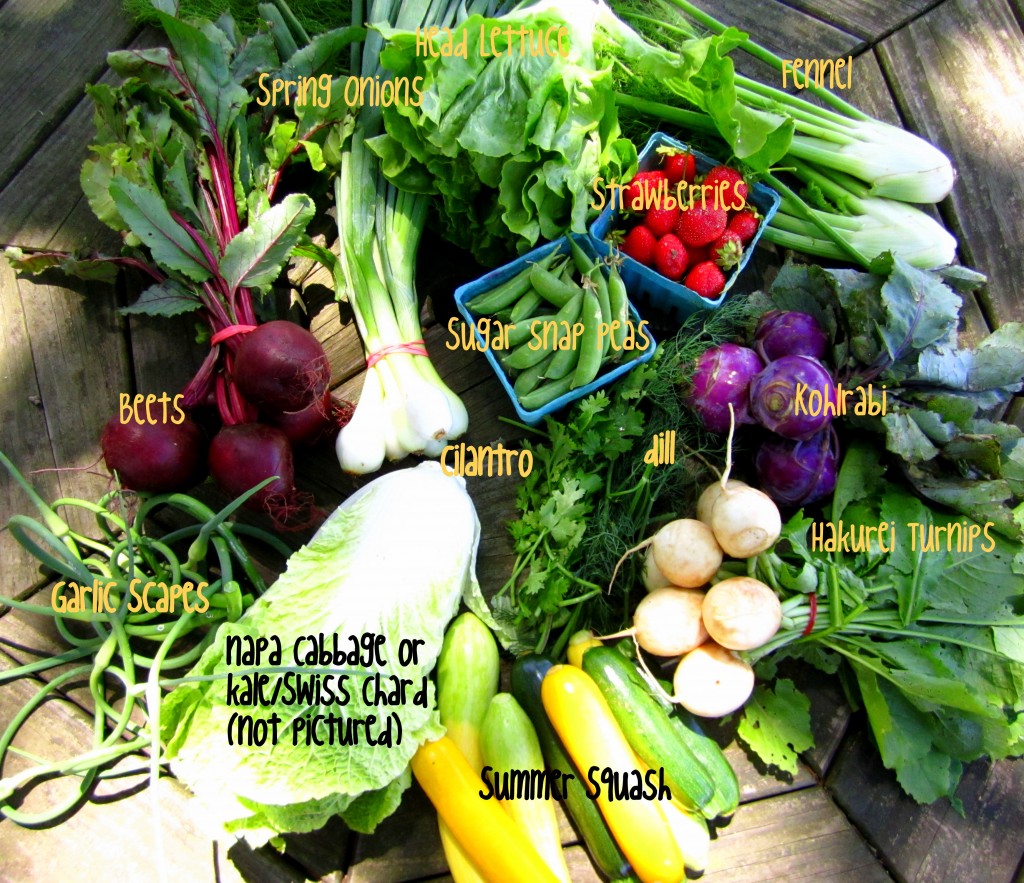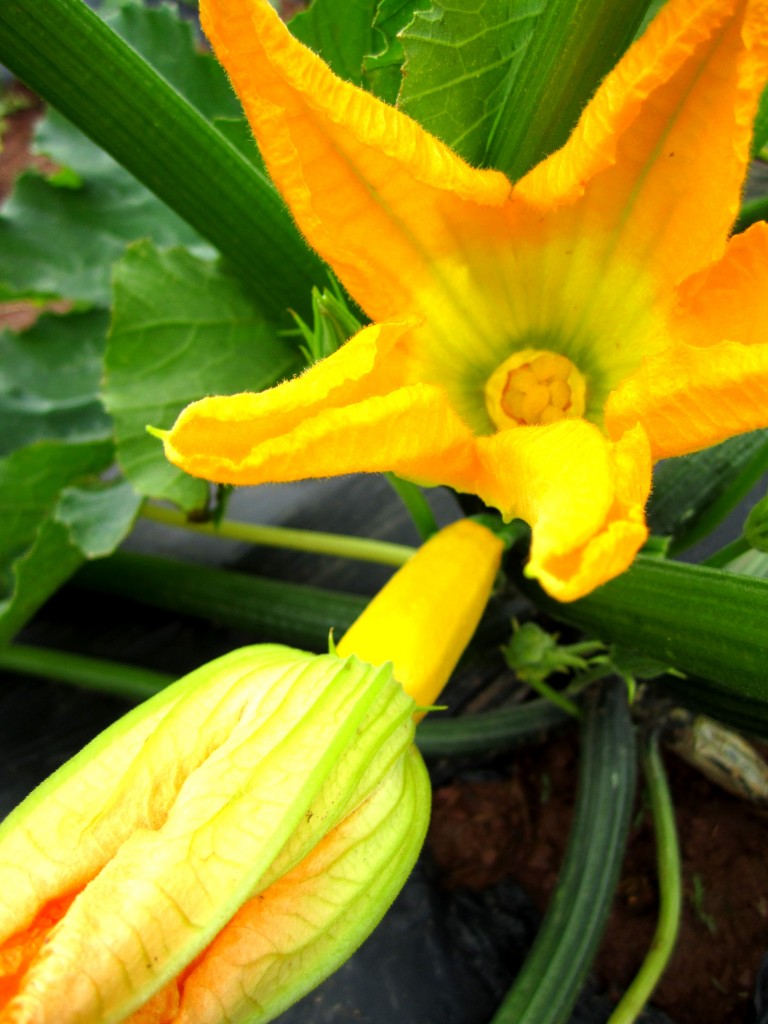Posted at 21:31h
in
Recipes
by bloomingglenfarm
If you are anything like me, standing over a hot stove in 90-plus degree heat is not something that gets you going at the end of a long day. However, we are lucky to have a medley of veggies on the farm that actually require zero cooking to be appreciated in all their glory. In fact, consuming vegetable in their raw state is probably one of the best things you can do for your body. Beets, kohlrabi, turnips, and fennel (all in the share this week!) are wonderfully tasty and nutritious when lightly prepared. No cooking required!

This is one recipe with many variations–since not everyone may like fennel or raw beets. But I highly suggest giving them both a try in this fresh and savory/sweet slaw. You might just be surprised!

Two Slaw Variations, One with beets and the other with grated apples
Kohlrabi and Turnip Slaw (with variations)
*This recipe makes enough for two “lunch salads”, but could feed four if served as a side dish. The recipe is also easily doubled.
With a mandolin or your kitchen knife, chop into “matchsticks” (a grater works fine, too):
3 kohlrabi bulbs, peeled
2 turnips
2 fennel bulbs
1 beet
*If you don’t like fennel, try putting some celery seed, parsley, or extra dill to kick up the flavor. For those of you who might not like raw beets, try grating half of an apple in instead!
Mix together:
2 tablespoons white or red wine vinegar
2 teaspoons stone ground or Dijon mustard
Whisking with a fork, slowly add:
4 tablespoons of olive oil
1 teaspoon of honey
salt and pepper to taste
Pour dressing (to taste) over veggies and toss lightly. Add a fresh herb, like dill, in for a fresh finish.

Garlic Scapes
Now we have got to talk about these garlic scapes. What the heck are they and what do you do with them?! We knew you would ask.
Garlic scapes are the flowering shoots of the garlic that, if not removed, will bring the growth of the garlic bulb to a bit of a halt. So in order for our garlic heads to get nice and fat, we pluck off these curly cues and put them right into your CSA basket. Did I mention that they are delicious?!
Though they can be grilled or thrown in a food processor to make a pesto, my new favorite way to prepare them is just a quick saute that gives them strikingly similar flavor to garlicky green beans.

Scapes with Lemon and Almonds
I simply heat up a cast iron pan to medium high heat, throw in a little coconut or olive oil, and saute the scapes for a few minutes until they are tender and slightly caramelized. Near the end I toss in some chopped almonds to toast, add some lemon juice, salt and pepper…..and wha-la! They are a perfect side dish to any meal and are a seriously good/seriously addicting snack.
Recipes contributed by Jana Smart- Blooming Glen Farm employee and frequent creator of creative recipes uses fresh seasonal ingredients. Check out more of her recipes on her food blog http://www.agrarianeats.blogspot.com/

























